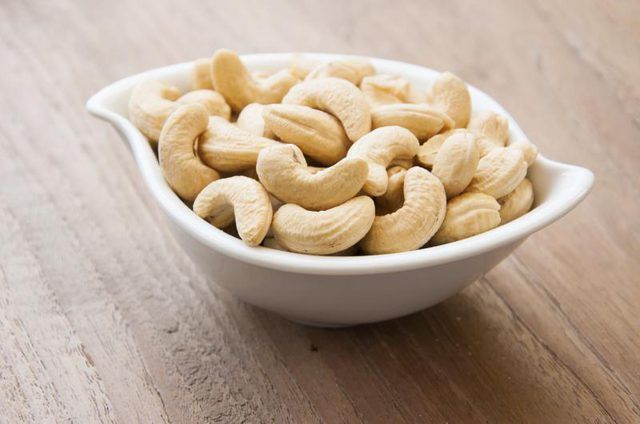Bulbs
Flower Basics
Flower Beds & Specialty Gardens
Flower Garden
Garden Furniture
Garden Gnomes
Garden Seeds
Garden Sheds
Garden Statues
Garden Tools & Supplies
Gardening Basics
Green & Organic
Groundcovers & Vines
Growing Annuals
Growing Basil
Growing Beans
Growing Berries
Growing Blueberries
Growing Cactus
Growing Corn
Growing Cotton
Growing Edibles
Growing Flowers
Growing Garlic
Growing Grapes
Growing Grass
Growing Herbs
Growing Jasmine
Growing Mint
Growing Mushrooms
Orchids
Growing Peanuts
Growing Perennials
Growing Plants
Growing Rosemary
Growing Roses
Growing Strawberries
Growing Sunflowers
Growing Thyme
Growing Tomatoes
Growing Tulips
Growing Vegetables
Herb Basics
Herb Garden
Indoor Growing
Landscaping Basics
Landscaping Patios
Landscaping Plants
Landscaping Shrubs
Landscaping Trees
Landscaping Walks & Pathways
Lawn Basics
Lawn Maintenance
Lawn Mowers
Lawn Ornaments
Lawn Planting
Lawn Tools
Outdoor Growing
Overall Landscape Planning
Pests, Weeds & Problems
Plant Basics
Rock Garden
Rose Garden
Shrubs
Soil
Specialty Gardens
Trees
Vegetable Garden
Yard Maintenance
How to Grow Cashew Nuts
How to Grow Cashew Nuts. Cashew trees (Anacardium occidentale) may not immediately spring to mind when choosing a fruit tree, but they are not without merits. Their symmetrical canopy provides ornamental value year-round, while their annual yield of 50 to 75 pounds of edible fruit and nuts offer practical value. Cashew nuts need extensive...

Cashew trees (Anacardium occidentale) may not immediately spring to mind when choosing a fruit tree, but they are not without merits. Their symmetrical canopy provides ornamental value year-round, while their annual yield of 50 to 75 pounds of edible fruit and nuts offer practical value. Cashew nuts need extensive processing to become edible and are poisonous when handled raw, so plant the tree away from areas where children play and always wear gloves when working with them.
Climate Considerations
The cashew tree originated in the American tropics, its range extending from Mexico to South America. The trees require a warm, frost-free environment and will perform best in areas where temperatures stay between 63 and 100 degrees Fahrenheit. Gardeners within U.S. Department of Agriculture plant hardiness zones 9a to 11 can grow cashew trees outdoors year-round, although they may not bear fruit with the same abundance as trees grown in a truly tropical environment.
Growing Conditions
Full sun and deep, sandy soil provide the best growing conditions for cashew trees. Ideally, cashew trees prefer at least six to eight hours of direct sun daily and moderately fertile soil with a pH between 4.5 to 6.5, which is mildly acid to neutral. Shade and clay soil with sluggish drainage both take a toll on cashew trees, reducing their vigor and promoting disease. Space trees at least 15 feet apart, and leaves at least 25 feet between the trees and structures, sewer lines and underground utilities. After planting, spread a 2- to 4-inch layer of mulch in a 4- to 6-foot radius around the trees, leaving an 8-inch gap between the mulch and the trunk.
Water Needs
Cashew trees tolerate moderate drought once established, but they will look better and produce more fruit if regularly watered all year. During the summer, provide approximately 1 inch of water weekly. Run a hose on low volume at the base of the tree until the surrounding soil feels very moist in the top 6 to 12 inches. Withhold watering during cooler months. Overwatering often proves detrimental to young and established cashew trees alike, so water only if less than 1 inch of rain fell during any given week and let the soil surface dry out between waterings.
Fertilizer Requirements
Cashew trees perform well without supplemental fertilizer if grown in fertile soil, but they respond well to modest applications of fruit tree fertilizer, which can help improve their yield in porous soil. Use granular, slow release fertilizer with an N-P-K number of 8-3-9. During their first year, apply 4 ounces -- or 8 tablespoons -- around the base of the tree every two months from spring until late summer. During their second and third year, increase the amount of fertilizer from 8 ounces to 1 pound by the end of summer in their third year, applying it every two months as in the first year. Established cashew trees benefit from three, 5-pound applications of fertilizer during the growing season. Apply the first 5 pounds when the flowers form, the second when the fruit starts to ripen and the last after harvest.
A Word of Warning
Cashew nut shells contain an oily chemical compound with poisonous properties. It is a vesicant, meaning it causes blistering and dermatitis when handled. For that reason, home processing of nuts is a potentially dangerous activity. Wear gloves whenever handling the fruit or nuts, and keep them away from children and pets. Cashew apples -- the fleshy, reddish-orange fruit attached to the nuts -- are not poisonous and can be consumed fresh or cooked. They have a bitter taste, however, thanks to the presence of tannins and should be processed by steaming or boiling them for 15 minutes before eating to improve their flavor.